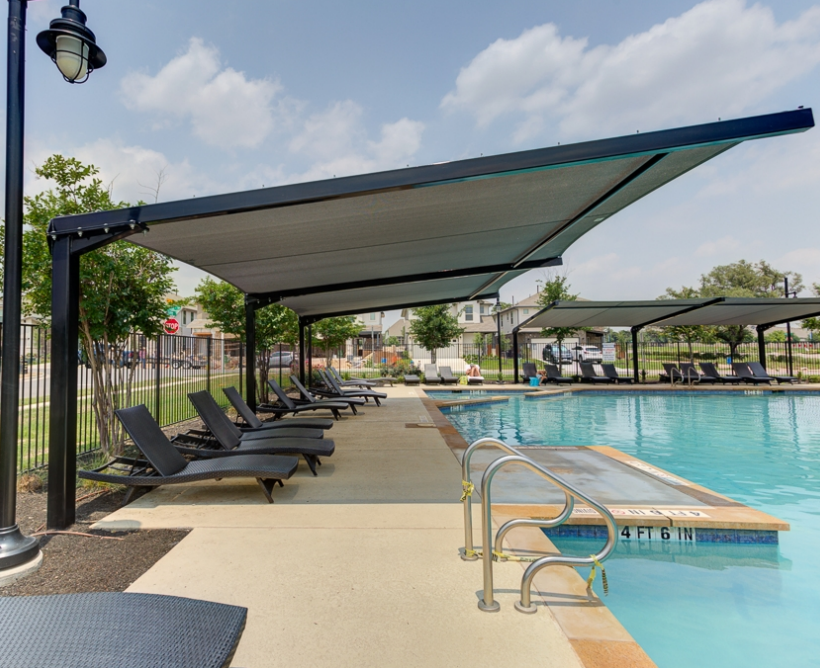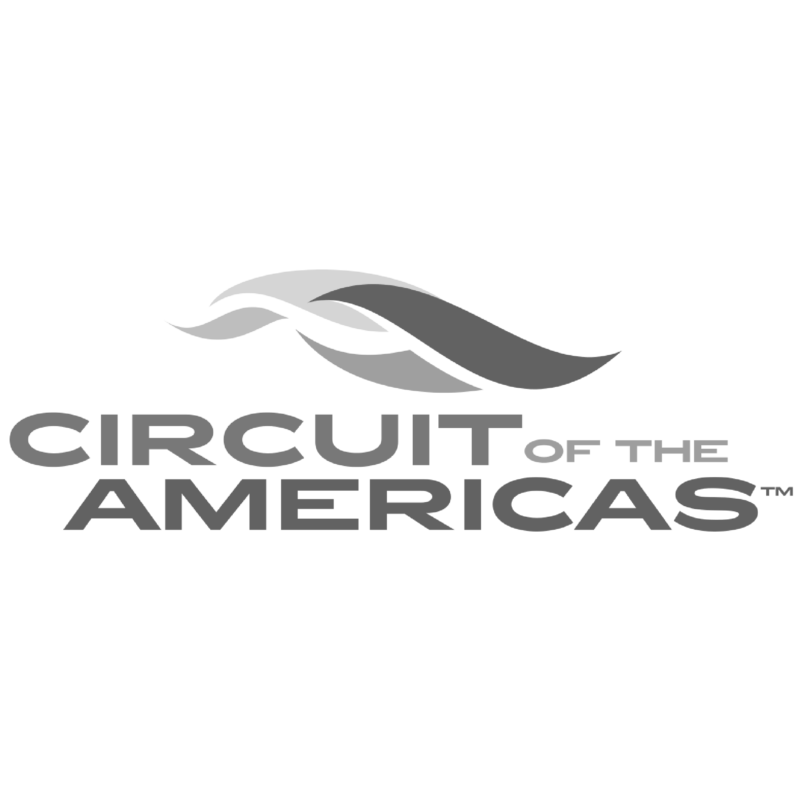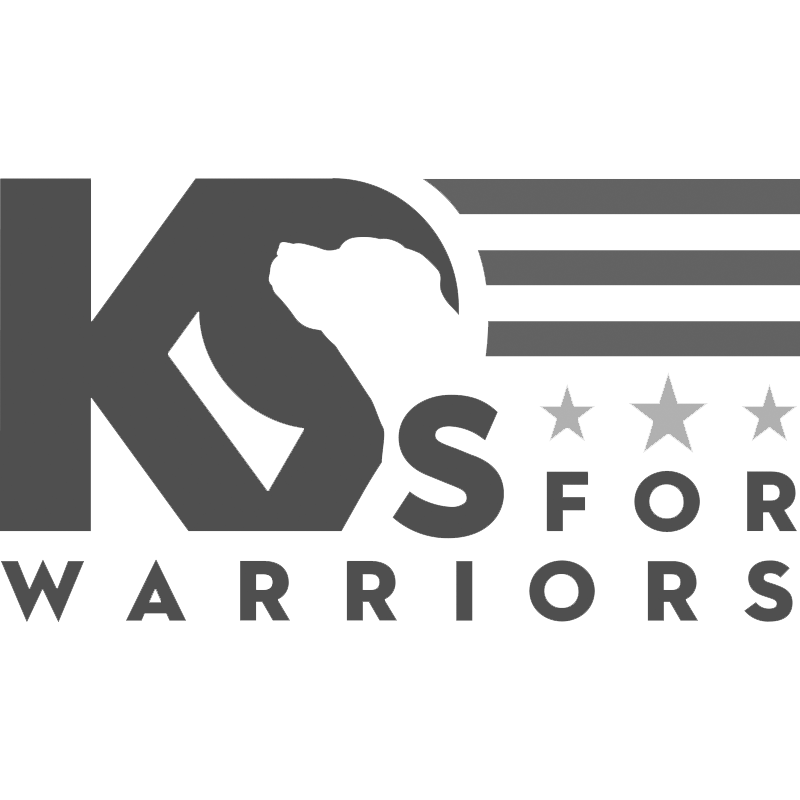What Is the Cheapest Way to Build Shade and Still Get Quality
What is the cheapest way to build shade?
If you’re trying to keep costs low, a few options stand out immediately. Most people start with these choices:
- Shade sails, starting around $50 for a small sail
- Pop-up canopies usually cost between $70 and $150
- Patio umbrellas, which can cost as little as $50
- DIY pergolas, often $200–$500 if you build it yourself
People choose these options because they’re simple to set up and don’t require a big investment upfront. You can cover a patio, deck, or driveway quickly without waiting for custom construction.
But there’s a trade-off. Lower-cost shade usually means less durability, more wear and tear, and replacements sooner than you’d like.
In the rest of this post, you’ll see exactly what each option offers, how much it really costs over time, and how to pick a shade that fits your budget and lasts longer than one summer.
Why “Cheapest” Isn’t Always the Best Deal
You just read about the most affordable ways to build shade. They’re popular for a reason: low cost and quick setup. But there’s a catch.
Did you know some budget fabrics start breaking down after only 56 days of sun exposure? That’s not much protection for your time or your wallet.
Going for the cheapest option can end up costing you more down the road. Let’s look at why.
Cheap Materials Wear Out Fast
When shade fabric or frames aren’t made to handle the elements, they don’t last long.
Here’s what often happens:
- Fading: Cheap fabrics lose their color after a few months in the sun.
- Tearing: Thin material rips during the first big wind or storm.
- Rusting: Low-quality metal frames start to corrode in the rain.
One customer shared how their budget umbrella looked great at first. But after one summer, the fabric split along the seams, and the pole bent so much it couldn’t stand up straight.
They ended up throwing it out before the year was over.
Why Paying a Little More Can Save a Lot
When you think about what is the cheapest way to build shade, it’s smart to look past the first price tag.
Spending a bit more upfront on better materials can mean:
- Longer life: Quality shade can last 5–10 years instead of one season.
- Fewer replacements: No more buying the same product again and again.
- Better protection: Stronger materials block UV rays and stay in place when the wind picks up.
In the long run, you’ll spend less money and save yourself a lot of hassle.
A Balance Between Cost and Quality
You don’t have to buy the most expensive shade to get something that lasts. The key is finding what matters most. If you only need shade once in a while, a budget canopy might be fine.
But if you use your space daily, it often pays to spend a bit more on stronger materials or pro installation. Balancing cost and quality means looking past the price tag and thinking about how long it will last and how well it will protect your space.
Top Affordable Shade Options (With Pros and Cons)
Even though we already talked about what is the cheapest way to build shade in the intro, it’s worth taking a closer look at each option.
This way, you’ll know exactly what fits your space, your budget, and how long it will last.
Shade Sails
Cost Range:
$50–$450 per sail
Why People Like Them:
- Block up to 95% of UV rays
- Keep air flowing so it feels cooler underneath
- Come in lots of shapes and colors
Considerations:
- You need to pull them tight so they don’t sag
- They must be anchored to strong posts or walls
- Lifespan: Usually lasts 5 to 15 years with good care
Shade sails are a smart pick if you want budget-friendly shade that looks modern and covers a good-sized area. They’re also popular for shade structures in San Antonio because they can handle strong sun and help cool outdoor spaces.
If you’re working with shade sail contractors, you’ll find plenty of ways to customize the size and layout to fit your space.
Pop-Up Canopies
Cost Range:
$70–$150
Why People Like Them:
- Quick to set up and take down
- Easy to move anywhere you need shade
- Great for parties or weekend use
Considerations:
- Not strong enough for big wind gusts
- Best for temporary shade, not year-round
- Lifespan: Typically 2 to 5 years, depending on use and care
If you need something portable and simple, pop-up canopies do the job without costing much.
Patio Umbrellas
Cost Range:
$50 and up
Why People Like Them:
- Super flexible; you can move them wherever you want
- Simple to open and close
- Perfect for small patios or seating areas
Considerations:
- Only shade a small spot
- Can tip over if the base isn’t heavy
- Lifespan: Usually lasts 3 to 5 years, sometimes up to 10 with proper care
Patio umbrellas are an easy way to get quick shade without any building or big expense.
DIY Pergolas
Cost Range:
$200–$500+
Why People Like Them:
- Custom sizes that fit your yard
- Give your space a natural, classic look
- Can add fabric or plants for more cover
Considerations:
- You’ll need some carpentry skills and time to build
- Wood versions need care to keep them in good shape
- Lifespan: Wood pergolas often last 10 to 15 years with upkeep; aluminum can last 20+ years
DIY pergolas work well when you want something more permanent but still affordable.
Retractable Awnings (Manual)
Cost Range:
$200–$3,000 installed
Why People Like Them:
- Shade that you can adjust whenever you want
- Helps protect doors and windows from the strong sun
- Lasts longer than cheaper setups
Considerations:
- Costs more upfront than other options
- Needs professional installation to work right
- Lifespan: Usually 10 to 15 years if maintained properly
Retractable awnings are a good middle ground if you want dependable shade without going all in on a custom structure.
How to Choose the Right Shade for Your Space
You know how it goes. You want shade, but you’re not sure exactly what’ll work best.
Maybe you bought something cheap before, and it didn’t end well. Or maybe this is your first try, and you want to do it right.
Either way, asking yourself some easy questions can help clear things up.
Think About Size
First, think about size. Are you shading just a little patio where you have your morning coffee? Or are we talking about your big driveway where the car breaks down every afternoon?
How Often Will You Use It?
Then ask yourself how much you’ll actually use it. If it’s just for cookouts on weekends, a pop-up canopy might work great. But if you’re out there every day, you’ll probably want something sturdier.
Sun, Rain, or Both?
And here’s one people forget: Do you need it waterproof, or just to block the sun? Because not everything does both.
Think About Money
Last, think about money. Not just what you’re spending today, but also what it’ll cost next year, and the year after that.
Get Help if You Need It
If you’re still unsure, don’t worry. ShadePro help homeowners and businesses figure out stuff like this all the time. We will walk you through the options until it feels just right.
Shade That Works Without Breaking the Bank
You don’t have to choose between saving money and getting something that actually lasts. The cheapest way to build shade doesn’t mean grabbing the first thing you see and hoping it holds up. You deserve better than that.
With the right plan and a little help, you can have shade that looks great, stands up to sun and wind, and fits your budget. Plenty of homeowners and business owners have already made the switch to smarter, more reliable options. You can too.
Whether you’re thinking about adding a shade sail, planning a commercial outdoor shade structure, or just need advice from experienced shade sail contractors, you’ll find it easy to get the right help with ShadePro.
Take a look at ShadePro’s affordable solutions or request your free estimate today. Your space and your wallet will thank you.

















